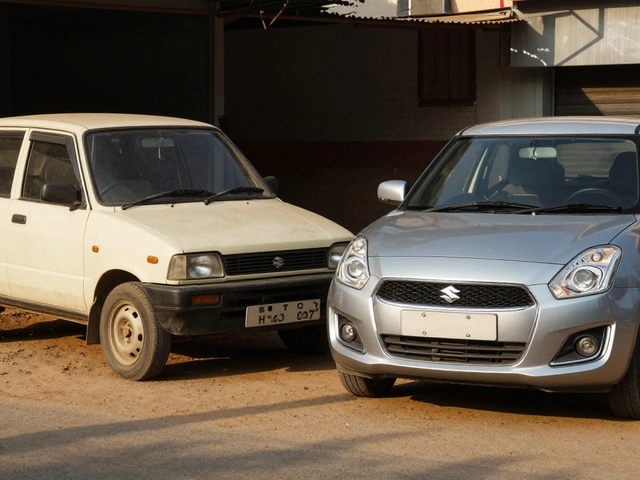Indian Antique Furniture Export: What You Need to Know
If you own a workshop or have access to vintage pieces, exporting Indian antique furniture can be a solid way to earn. The world loves handcrafted wood, brass inlays and the stories behind each item. Below we break down the basics, from finding buyers to clearing customs.
Finding the Right Market
First, know who wants Indian antiques. Europe and the US lead the demand because collectors there value heritage and unique designs. Middle‑East buyers also look for luxurious pieces that match their décor. Use trade shows, online marketplaces and local export agencies to spot interested buyers.
When you talk to a potential client, ask about their preferred styles—whether it’s colonial‑era chairs or Rajasthani wooden chests. Tailoring your catalog to those tastes speeds up negotiations and reduces the chance of a rejected order.
Legal Steps and Documentation
Exporting antiques isn’t a free‑for‑all. You’ll need an Exporter Code (IEC) from the Directorate General of Foreign Trade. For items over 100 years old, the Archaeological Survey of India (ASI) may require a permit. Keep the following documents handy:
- Commercial invoice
- Packing list
- Certificate of origin
- ASI export permission (if applicable)
- Bill of lading or airway bill
Skipping any of these can hold up your shipment at the port and cost you extra fees.
Make sure the valuation on the invoice matches the market price. Under‑valuing to lower duties can lead to penalties, while over‑valuing hurts your competitiveness.
Once the paperwork is ready, choose a reliable freight forwarder. They’ll handle container loading, seal the goods and arrange customs clearance in the destination country. For fragile antique pieces, request climate‑controlled containers and extra padding.
Pricing is more than just the cost of the wood. Factor in restoration work, insurance, freight, and import duties on the buyer’s side. Offer transparent cost breakdowns so buyers trust you and avoid surprise charges later.
Marketing your export business works best when you showcase stories. Share photos of the craftsmanship, the region it comes from, and any restoration steps. Social media platforms like Instagram and LinkedIn let you reach a global audience without big ad spends.
Finally, keep an eye on trends. Sustainable sourcing and eco‑friendly finishes are gaining traction. If you can prove that your antiques were reclaimed or restored using low‑impact methods, you’ll attract environmentally conscious buyers.
Exporting Indian antique furniture isn’t magic—it’s about matching the right product with the right buyer, staying on top of paperwork, and protecting the pieces during transit. Follow these steps, and you’ll turn heritage pieces into profitable exports.
How to Import Furniture from India to the USA: Shipping Tips, Legal Hurdles, and Real Costs
Learn if you can bring furniture from India to the USA. Tips on paperwork, shipping options, customs, costs, and common pitfalls. All you need before moving.
Read More




